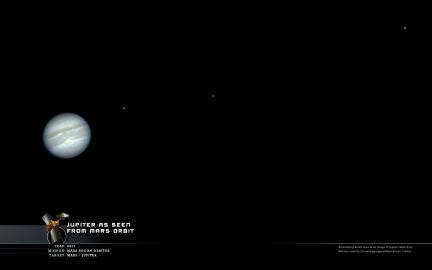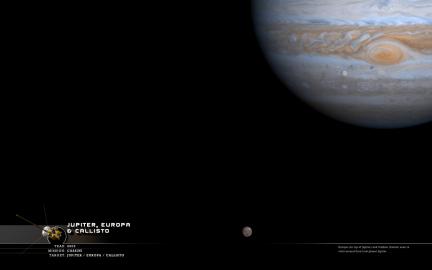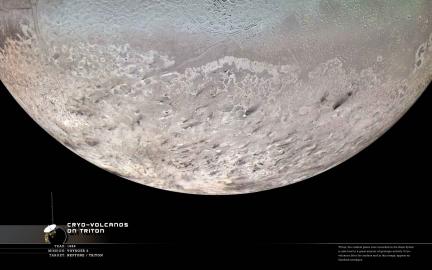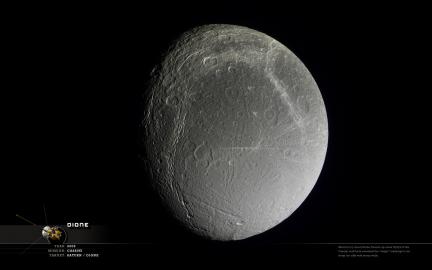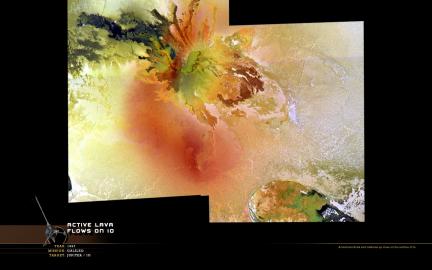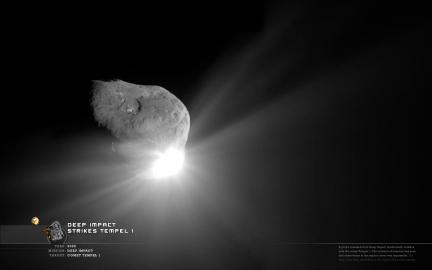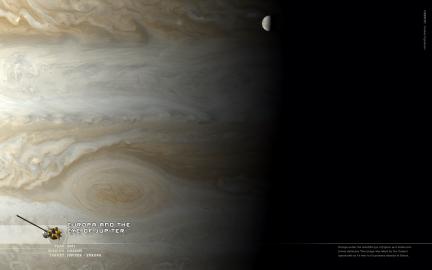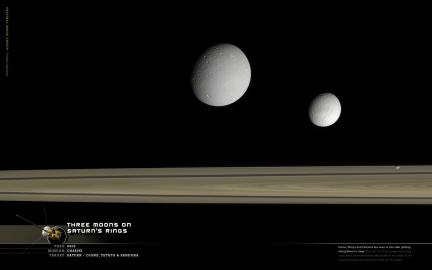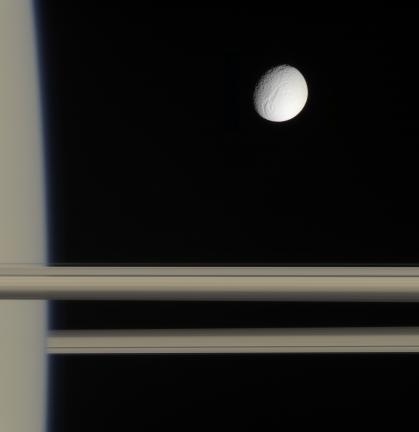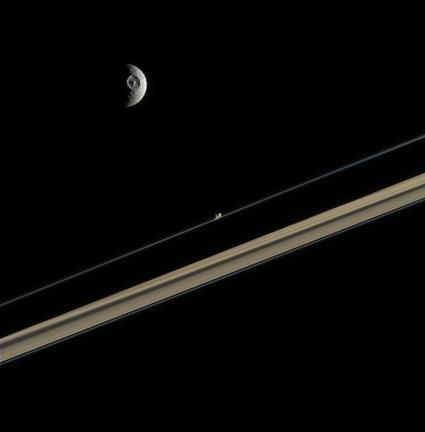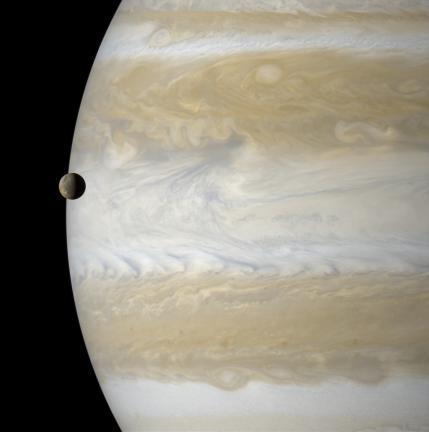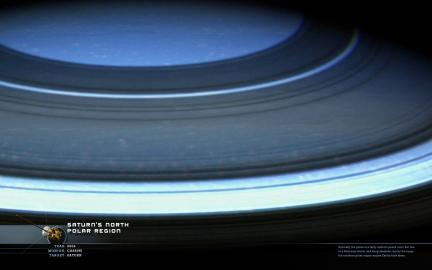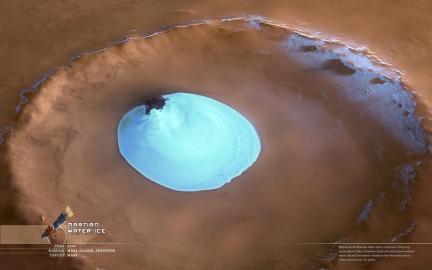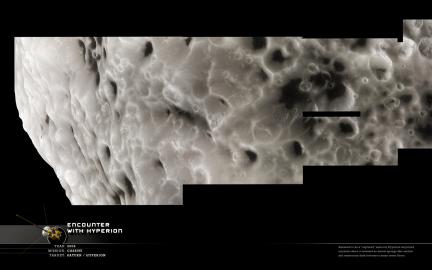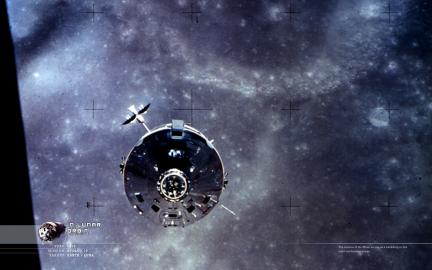 A few decades ago, about 12 men walked upon the surface of another celestial body for the first time in history. At one point, Neil Armstrong looked up at Earth and blotted it out with his thumb and thought the significance of that simple act. “That's home. That's us. On it, everyone you ever heard of, every human being who ever lived, lived out their lives. The aggregate of all our joys and sufferings, thousands of confident religions, ideologies and economic doctrines, every hunter and forager, every hero and coward, every creator and destroyer of civilizations, every king and peasant, every young couple in love, every hopeful child, every mother and father, every inventor and explorer, every teacher of morals, every corrupt politician, every superstar, every supreme leader, every saint and sinner in the history of our species, lived there on a mote of dust, suspended in a sunbeam”. While these were not Armstrong’s words, but instead Carl Sagan’s, it is clear that it is along these similar lines he was thinking.
A few decades ago, about 12 men walked upon the surface of another celestial body for the first time in history. At one point, Neil Armstrong looked up at Earth and blotted it out with his thumb and thought the significance of that simple act. “That's home. That's us. On it, everyone you ever heard of, every human being who ever lived, lived out their lives. The aggregate of all our joys and sufferings, thousands of confident religions, ideologies and economic doctrines, every hunter and forager, every hero and coward, every creator and destroyer of civilizations, every king and peasant, every young couple in love, every hopeful child, every mother and father, every inventor and explorer, every teacher of morals, every corrupt politician, every superstar, every supreme leader, every saint and sinner in the history of our species, lived there on a mote of dust, suspended in a sunbeam”. While these were not Armstrong’s words, but instead Carl Sagan’s, it is clear that it is along these similar lines he was thinking.
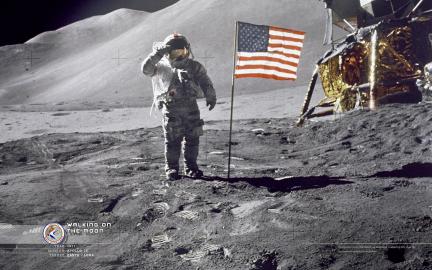
It is easy to forget how incredible those moments were as they happened so long ago, and the first of these was some months before I even existed as a person. We have grown accustomed to these images of men walking on the moon, in no small part because a follow up is so long overdue that they seem antiquated or quaint. So it seemed to me that out of 50 wallpapers uploaded it might be appropriate to include man’s first exploration of any of these places as part of the collection.
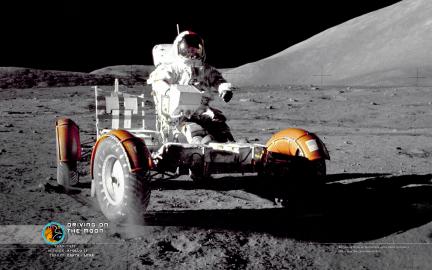
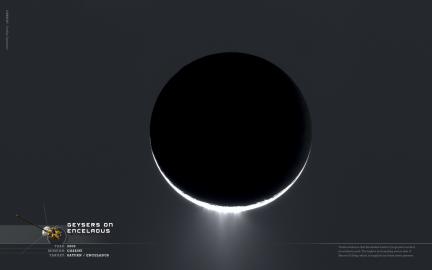 Visual evidence that Enceladus hosts cryo-geysers around its southern pole. The lighter surrounding area is due to Saturn’s E-ring, whose materials are supplied by these same geysers.
Visual evidence that Enceladus hosts cryo-geysers around its southern pole. The lighter surrounding area is due to Saturn’s E-ring, whose materials are supplied by these same geysers.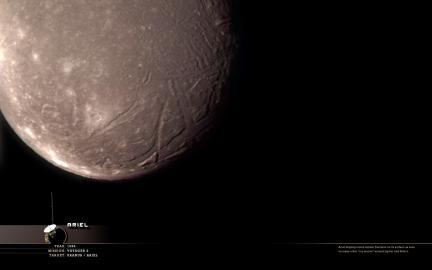
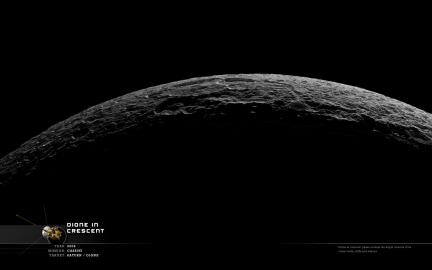
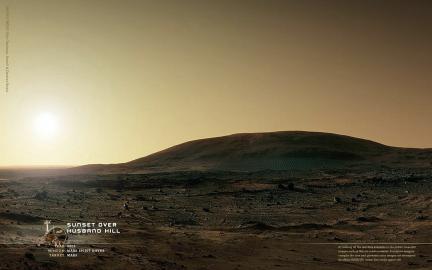
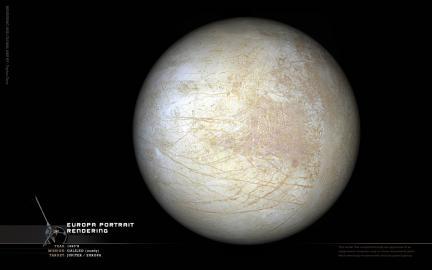
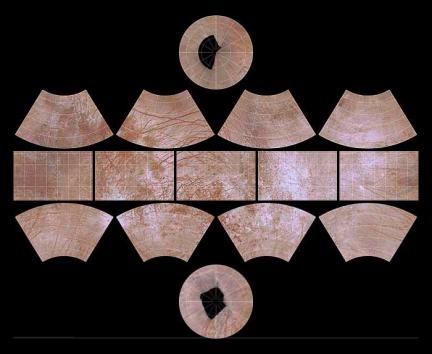 I usually prefer straight photography for the puposes of this site, but this is one of the most impressive renders I have ever seen of any body in the solar system. Seeing as how data sets for full global images of Europa are flawed at best… this render does the job most impressively. The full hi-res set of Europa maps by Tayfun can be found
I usually prefer straight photography for the puposes of this site, but this is one of the most impressive renders I have ever seen of any body in the solar system. Seeing as how data sets for full global images of Europa are flawed at best… this render does the job most impressively. The full hi-res set of Europa maps by Tayfun can be found 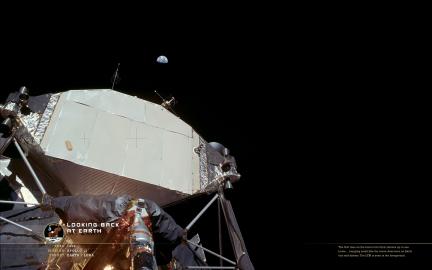
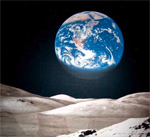 Seeing the size of Earth as it really appears from the surface of the moon reminds me of this wallpaper that I grew up with in my room as a child. I always assumed it was an actual image, but in reality the Earth appears about 1/20 the size and Earth would never phase in shadow from north to south under any circumstance! (I missed that obvious flaw as pointed out by Paul Neave). I beleive they still sell this wallpaper as I still see it around occasionally at stores and other public spaces (no pun). In addition to this image, you also see the Earth from moon shots taken while in- moon-orbit which also gives the Earth a far larger appearance… but I suspect that some good zoom lenses were likely utilized to get those looks as well.
Seeing the size of Earth as it really appears from the surface of the moon reminds me of this wallpaper that I grew up with in my room as a child. I always assumed it was an actual image, but in reality the Earth appears about 1/20 the size and Earth would never phase in shadow from north to south under any circumstance! (I missed that obvious flaw as pointed out by Paul Neave). I beleive they still sell this wallpaper as I still see it around occasionally at stores and other public spaces (no pun). In addition to this image, you also see the Earth from moon shots taken while in- moon-orbit which also gives the Earth a far larger appearance… but I suspect that some good zoom lenses were likely utilized to get those looks as well.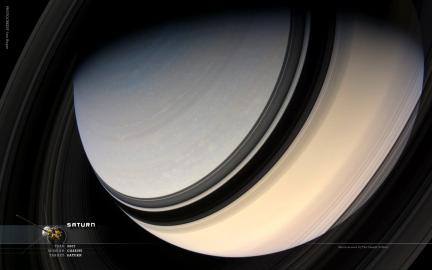
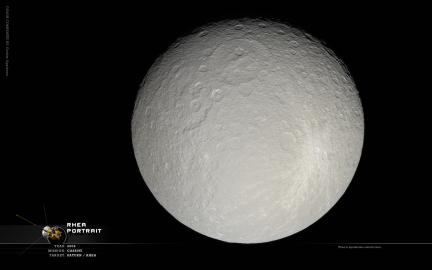
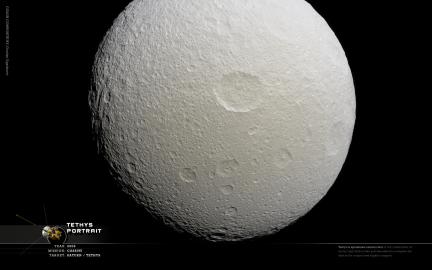
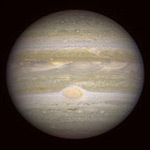 This is a great way to truly understand the capabilities of the Mars Reconnaissance Orbiter. This image of Jupiter is taken from Martian orbit which is 357 million miles away. It is comparable to the what the New Horizons is seeing as it actually approaches Jupiter, which is currently 38 million miles away. So if you were wondering how MRO can get those incredibly detailed images of rovers and landers on the surface from orbit… now you can scratch your head and wonder how it can see Jupiter as good as a probe that is actually approaching a flyby in a few weeks.
This is a great way to truly understand the capabilities of the Mars Reconnaissance Orbiter. This image of Jupiter is taken from Martian orbit which is 357 million miles away. It is comparable to the what the New Horizons is seeing as it actually approaches Jupiter, which is currently 38 million miles away. So if you were wondering how MRO can get those incredibly detailed images of rovers and landers on the surface from orbit… now you can scratch your head and wonder how it can see Jupiter as good as a probe that is actually approaching a flyby in a few weeks.
